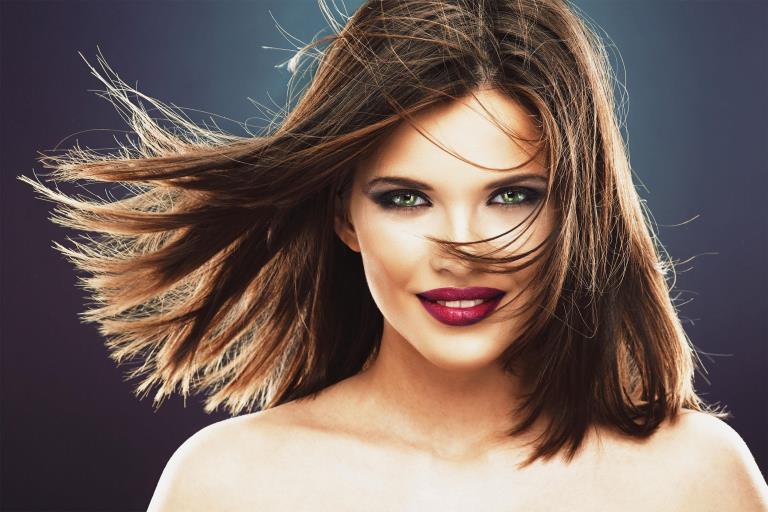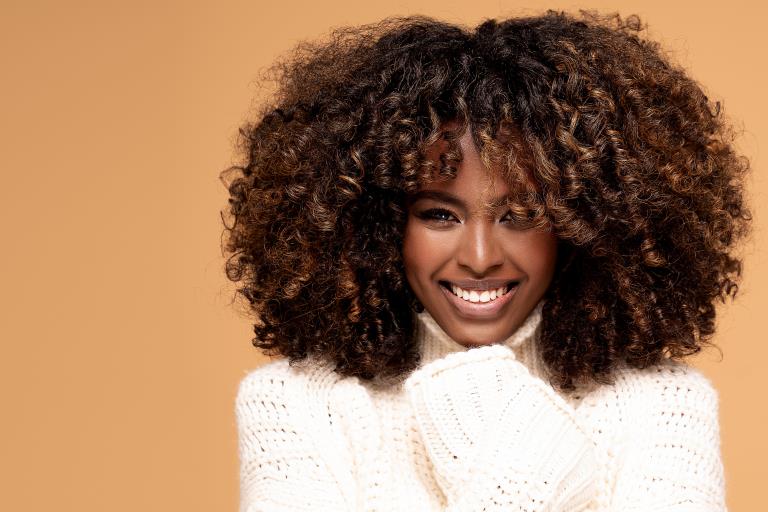Advancing the future of textured hair solutions
The textured hair market
With this growth, several key players are shaping the landscape of textured hair care, leading in sales and product innovation. The top five brands in the U.S. based on 2024 retailer sales (8) are:
1. Unilever $245.3m - Shea Moisture shampoo2. Proctor and Gamble $194.3m - Mielle conditioner
3. PDC Brands $84.3m - Cantu styling
4. L’Oreal USA Inc. $68.8m - Carol’s Daughter, Soft Sheen Carson hair color
5. Estyle Corp LLC $42.1m - Eco styling
These brands have captured consumer trust by offering formulations that address the unique needs of textured hair—ranging from care to styling to treatments.
When it comes to purchasing textured hair care products, consumers have a mix of retail and specialty store options, as well as mass and premium offerings. In the U.S., 60% of textured hair sales come from mass retailers. Among these retailers, Walmart leads the way, holding 24.2% of the U.S. market share in total hair care retail sales in 2023 (9).
The morphology of textured hair
Characteristics resulting in the diversity of hair
Understanding hair classification systems for textured hair
The beauty industry has long recognised that no two heads of hair are exactly alike. While hair texture and curl patterns vary widely, classification systems have emerged to help consumers and professionals better understand hair types and their unique needs. Two of the most commonly referenced systems are the Andre Walker Hair Typing System and L’Oréal’s Hair Classification System.
These classification methods serve as useful tools for both consumers seeking the right products and hair care professionals developing targeted treatments. However, each system approaches hair categorisation differently—Andre Walker’s method is widely recognized for its simplicity and consumer-friendliness, while L’Oréal’s system takes a more scientific and data-driven approach to defining curl and kink patterns.
Below shares how each system works, their strengths and limitations, and how they help consumers better understand and care for their textured hair.
1. Andre Walker hair typing system: This system is broken down into 4 broad categories, from 1 to 4, referring to straight to kinky hair, with subcategories A through C. There have been reports of omissions and even some overlapping between these subcategories, but this curl classification system seems to resonate best with consumers in helping them identify their hair types.
Top consumer textured hair needs
 Featured
Featured
DuraQuench™ IQ SA
 Featured
Featured
Apiscalp®
2. Hair roughness and manageability
For many consumers, achieving smooth, soft, and manageable hair is a top priority, but this remains a challenge due to textured hair’s naturally low moisture retention. The tighter the curl pattern, the harder it is for moisture to travel from the scalp down the length of the hair shaft.
With 81% of U.S. women now wearing their hair naturally (12), there is a growing demand for products that enhance hydration, manageability, and overall sensory feel. Brands have the opportunity to help consumers embrace their natural texture while ensuring their hair remains soft and touchable,

SP Crodazoquat MCC

SensaLuxe™ DF
A major consumer concern for textured hair is strengthening and damage repair. Due to its coiled structure and uneven cuticle thickness, textured hair is naturally more fragile than straight hair. Additionally, keratin protein packing is less uniform, making strands more prone to breakage, split ends, and shedding, especially during detangling and styling.
As a result, 31% of consumers with textured hair are actively seeking products that repair broken hair bonds and restore structural integrity at the molecular level (13). This has led to increased interest in protein treatments, bond-building technology, and products that improve elasticity and tensile strength.
 Featured
Featured
KeraMatch™ V
4. Hair frizz and lack of definition
Maintaining defined curls, coils, and waves while reducing frizz is another top concern, particularly after "wash day." One of the biggest challenges textured hair consumers face is keeping their style fresh between washes without excessive product buildup or dryness.
Styling products play a crucial role in enhancing and holding curl patterns, but consumers often struggle to find the right balance between hold, moisture, and flexibility. The demand for multi-functional styling products—ones that offer anti-frizz control and curl definition—continues to grow.
With 84% of U.S. consumers with 3A–4B hair agreeing that their hair is the most important part of their overall look (14), it’s clear that maintaining curl definition and hair integrity beyond wash day is a priority. Consumers are looking for lightweight yet effective styling solutions that keep their curls looking fresh, bouncy, and well-defined without stiffness or excessive reapplication.

Mirustyle™ CP SB
Are you interested in learning more about these consumers' insights? To learn more, watch the fourth episode of the Croda Beauty Masterclass HERE!
1: Flora & Curl – Cosmetics Design
2. (2025 forecast) Statista
3. (2025-2030) Statista
4. (2027 forecast) Euromonitor
5. (2031 forecast) Allied Market Research
6. (2022-2031) Allied Market Research
7. (2023) Verified Market Reports
8. Circana InfoScan® Reviews/Mintel
9. Beauty Independent (Brown, YipitData)
10. Cloete, E., Khumalo, N. and Ngoepe, M. (2019). The what, why and how of curly hair: a review. Proceedings of the Royal Society A: Mathematical, Physical and Engineering Sciences, 475(2231), p.20190516.
11. Simplyorganicbeauty.com
12-14 Mintel – Black haircare US 2024